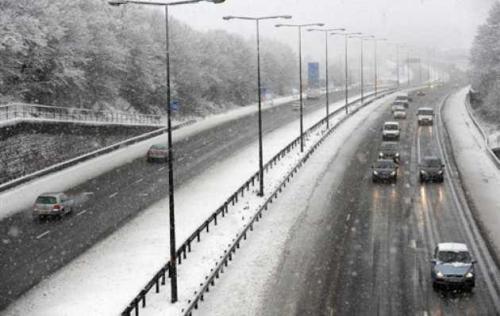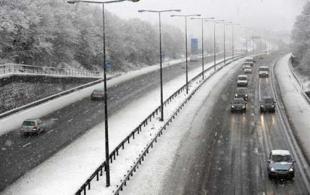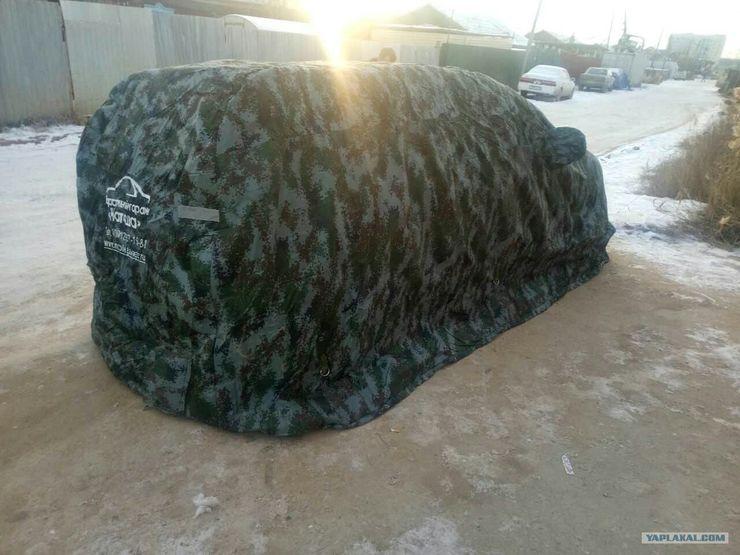
How to drive safely in winter? Guide
 In winter conditions, when the braking distance at a speed of 80 km / h is almost 1/3 longer than on a dry surface, driving skills are seriously tested. You need to quickly remember a few rules. How to behave on slippery surfaces? How to get out of the slip? How and when to slow down?
In winter conditions, when the braking distance at a speed of 80 km / h is almost 1/3 longer than on a dry surface, driving skills are seriously tested. You need to quickly remember a few rules. How to behave on slippery surfaces? How to get out of the slip? How and when to slow down?
Well planned time
 In an optimal situation, we should be prepared for winter road conditions and not be surprised by the weather outside. Unfortunately, only a few check the forecast and road conditions until they find out about them themselves. Increased travel time, much slower pedestrian movement on slippery surfaces, lack of tire changes for the winter - these factors often surprise road builders. Every year the same scenario is repeated - winter surprises most drivers. How not to make this mistake? When we see that there is snow outside the window, and the temperatures are low, we should assume another 20-30% of the time to get to the designated place. Thanks to this, we will avoid unnecessary stress and thus reduce the risk of dangerous situations on the road, advises Zbigniew Veseli, director of the Renault driving school. Of course, our car must be well prepared for driving in such conditions. The aforementioned tires and technical inspection of the car are the actions necessary to ensure safety in winter weather.
In an optimal situation, we should be prepared for winter road conditions and not be surprised by the weather outside. Unfortunately, only a few check the forecast and road conditions until they find out about them themselves. Increased travel time, much slower pedestrian movement on slippery surfaces, lack of tire changes for the winter - these factors often surprise road builders. Every year the same scenario is repeated - winter surprises most drivers. How not to make this mistake? When we see that there is snow outside the window, and the temperatures are low, we should assume another 20-30% of the time to get to the designated place. Thanks to this, we will avoid unnecessary stress and thus reduce the risk of dangerous situations on the road, advises Zbigniew Veseli, director of the Renault driving school. Of course, our car must be well prepared for driving in such conditions. The aforementioned tires and technical inspection of the car are the actions necessary to ensure safety in winter weather.
Descent braking
In winter, every driver must be prepared for a significant increase in stopping distance. Maintaining the correct distance from the vehicle in front is the key to safe driving and avoiding unnecessary stress on the road, bumps and even accidents. Remember to start the stopping process earlier than usual and gently depress the brake pedal before crossing. Thus, we will check the icing of the surface, evaluate the grip of the wheels and, as a result, stop the car in the right place, advise the Renault driving school instructors. At a speed of 80 km / h, the braking distance on dry asphalt is 60 meters, on wet asphalt it is almost 90 meters, which is 1/3 more. The braking distance on ice can reach 270 meters! Too sharp and inept braking can lead to a skid of the car. Not being prepared for such a development of events, drivers panic and press the brake pedal all the way, which only worsens the situation and prevents the car from skidding in a controlled manner.
How to get out of the slip?
There are two terms for skidding: oversteer, where the car's rear wheels lose traction, and understeer, where the front wheels lose traction and skid when turning. Getting out of understeer is pretty easy and you don't need a lot of skill. All you have to do is take your foot off the gas, reduce the steering angle and re-do it carefully. The experts explain that taking the accelerator off the gas pedal will add weight to the front wheels and slow down speed, while reducing the steering angle should restore traction and adjust the track. A rear wheel skid is harder to fix and can be dangerous if you lose control of it. What needs to be done in this case is to make a rudder counter to steer the car on the right track. For example, when we are on a left turn, the skid throws our car to the right, so turn the steering wheel to the right until you regain control.
